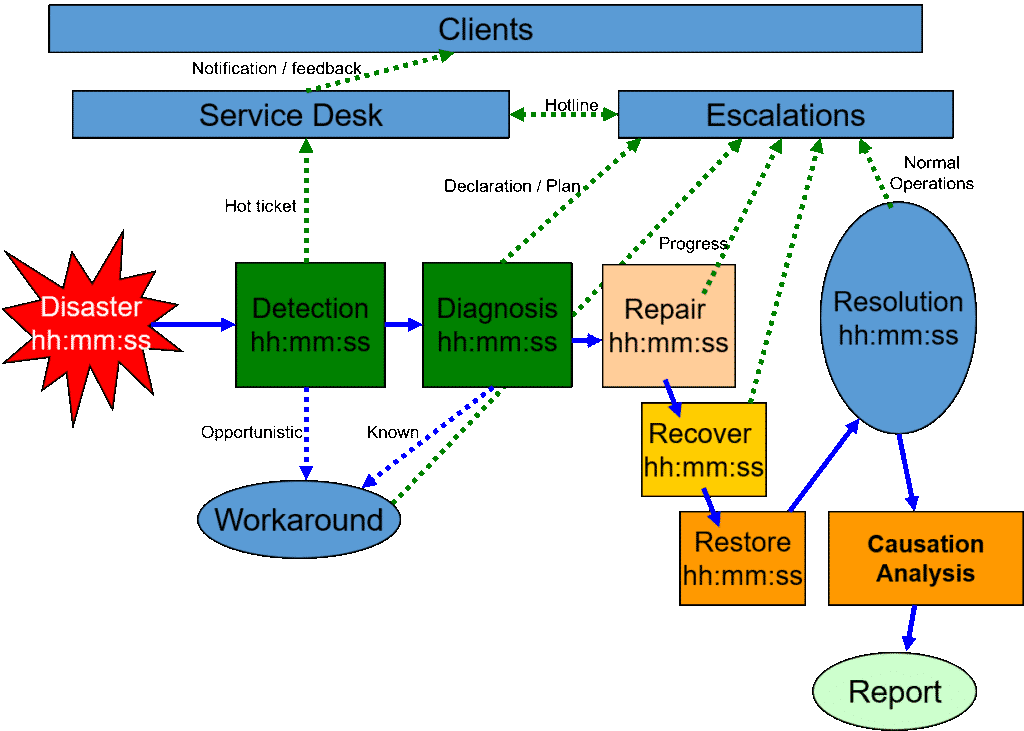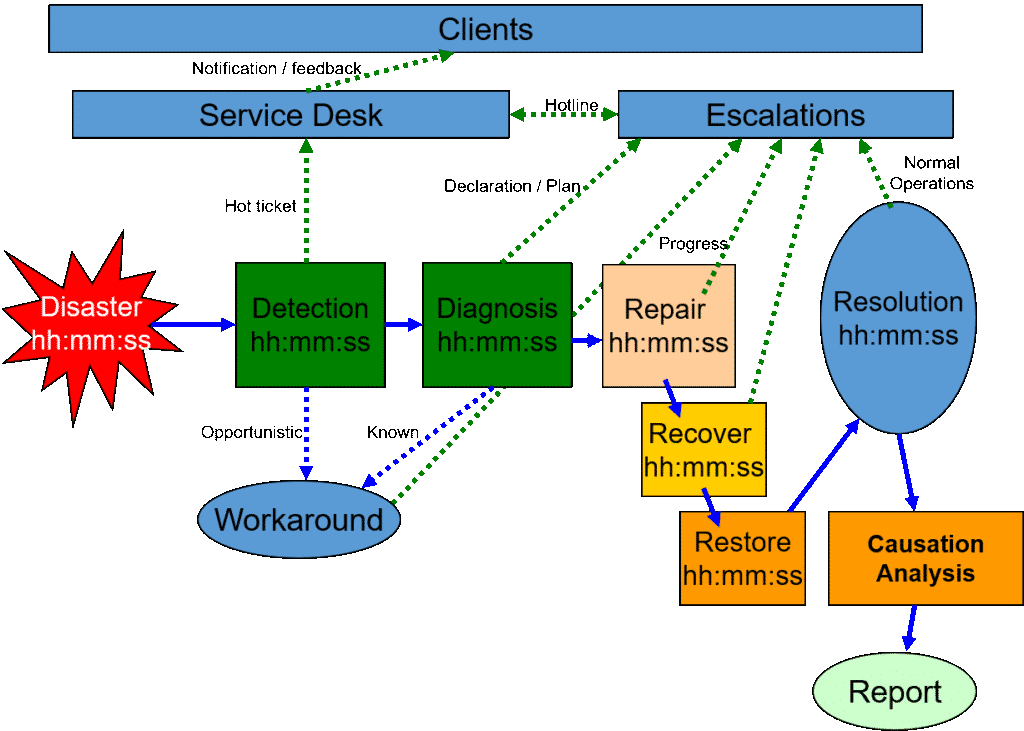
The clock is ticking
When disaster strikes, the clock starts ticking.
In a water company that could mean a water quality incident, a burst; a sewer overflow, a pollution incident; a physical security breach, an IT security breach; or a health & safety incident.
 Our clients tell they have a number of difficulties in dealing with incidents:
Our clients tell they have a number of difficulties in dealing with incidents:
- There isn’t one place where a senior decision maker can find a list of current events, showing magnitude and duration
- There often isn’t a defined process to follow so steps are missed and actions are duplicated
- All those who need to can’t immediately access and share relevant information from wherever they are – at home, in the office, at a plant, in the field; too often many people are ill-informed or everyone has to call each other relentlessly and/or come into the office whatever the day or time
- Learning lessons depends on gathering information and people after the event and this takes a long time during which memories fade and people move on to the next thing
Each of these problems adds to the time it takes to resolve an incident and learn lessons that would prevent another similar incident in the future.
Ron Bartel’s article for IoT for All includes an excellent diagram and list of each of the stages of incident resolution.
i2O’s eNet solution is a software product that supports water companies in resolving incidents and learning from them more quickly. eNet incorporates a schema of activities (which can be bespoked) that closely matches Ron’s, and has a clock that tracks time to resolution.
Image credit: Ron Bartels
Tags: Blog, Industry Challenges, LATAM, Europe, Africa, UK, Asia Pacific, General, i2O, North America, Middle East, Event Management
